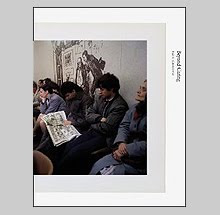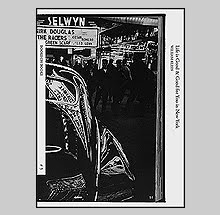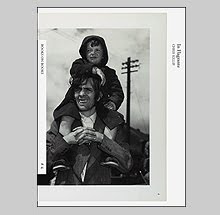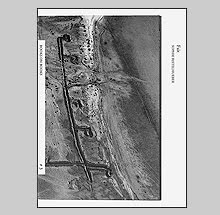Francis Bacon: Incunabula

"You can see an advertisement, you can see something lying in the street. Anything can stimulate and excite you into wanting to do something. It doesn't have to be a great or remarkable thing; it could be just lying on the floor." - Francis Bacon
Anyone who knows me well knows I am a neat freak. I can only function 100% when everything is in its place and the sense of order reigns. I am a minimalist. I have books, my photo archive, and little else - books on neatly ordered shelves and the archive tucked perfectly into uniform black archival boxes. When I dream of the perfect living environment it is much like a monk's quarters but selfishly huge and with tons of light. I have many friends who are the complete opposite. For them it isn't even worth a moments thought if old utility bills pile up on the desk or unruly stacks of yellowing newspapers form on any level surface. The clutter of an unorganized bookshelf has been known to induce a trickle of bile to creep up my throat. I take pleasure in visualizing the process of righting the sense of order. Remember my first sentence, I admitted I am a freak.
So if I classify myself as a neat freak, then the English painter Francis Bacon was a total slob. A fantastic new book by Thames and Hudson Francis Bacon: Incunabula proves my point.
Bacon's studio in Reece Mews, South Kensington, London was a private space where few were allowed to visit. Only the closest of friends entered to witness the accumulation of heaps of detritus that literally covered the floors and all flat surfaces. Bacon surrounded himself with pages and pages of source material from magazines, photographs, books which formed layers on the floor, so much so that when the studio was donated to Dublin after his death, the archivists treated it as an archeological dig taking survey and elevation drawings before removing the material piece by piece.
Incunabula, which is a printer's term meaning something printed mechanically, not copied by hand, before 1501 also refers to the earliest stages or first traces in the development of anything. No doubt, the additional aging and destruction of this material while "stored" in such a way was integral to influencing Bacon's final images. This book presents almost 200 pieces of ephemera found in the studio which clearly demonstrate their influence as source material. A page torn from Terence and Caroline Conran's The Cook Book from 1980 that shows hanging poultry can be found to have informed a panel in Bacon's famous triptych from 1981-82. A golfing instruction manual was said to have inspired many of the "directional arrows" prevalent in his paintings from 1971 onwards.
Of course, photographs figure prominently in Bacon's constantly shifting flow of disparate images. Berenice Abbott's profile portrait of Eugene Atget is found on the detached cover of an issue of Album, the short lived photo magazine, while pages torn from Crapouillot (the French magazine which had also published a portfolio of Atget's in 1929) are saved for its gruesome photograph of dismembered female body. Eadweard Muybridge's figure motion studies are more obviously useful where as the front cover of the 1985 book Off-Highway Trucks of the World might have been kept either because of the subject or that, disliking traditional artist's palettes, he used this instead.
Incunabula is a must for anyone who loves paper ephemera as this book presents the material as objects. Seeming three-dimentional, ragged-edged, weathered and paint splattered, as one looks page by page, connections are made linking this selection from the larger archive into a 200 page 'exquisite corpse.' Beautifully printed by Steidl, the design orders the chaos of Bacon's working reality into a form even an obsessive compulsive like myself can enjoy. Just think of the possibilities, the entire archive of this material, tens of thousands of pieces of paper neatly presented in row upon row or perfectly aligned books exactly like this one. Now that is a pleasing thought.
With essays by Martin Harrison and Rebecca Daniels and a foreword by Barbara Dawson, the Director of the Dublin City Gallery.
Dedicated to Andy French...











